While common snowberry shrubs (Symphoricarpos albus) may not be the most beautiful or best-behaved shrubs in the garden, they have features that keep them interesting throughout most of the year. The shrub blooms in spring, with small but dense clusters of bell-shaped, white flowers at the ends of the branches. In fall, the flowers are replaced by clusters of white berries. The berries are the showiest feature of the shrub and last well into winter. Description from Gardening Know How
Home > Plant Guide >
Scientific Name
Family
Garden Type
Wildlife
Native Plant Region
Light needs
Water Needs
Plant Type
Bloom Color(s)
Height
Width
Months in Bloom
Safe Beneath Power Lines?
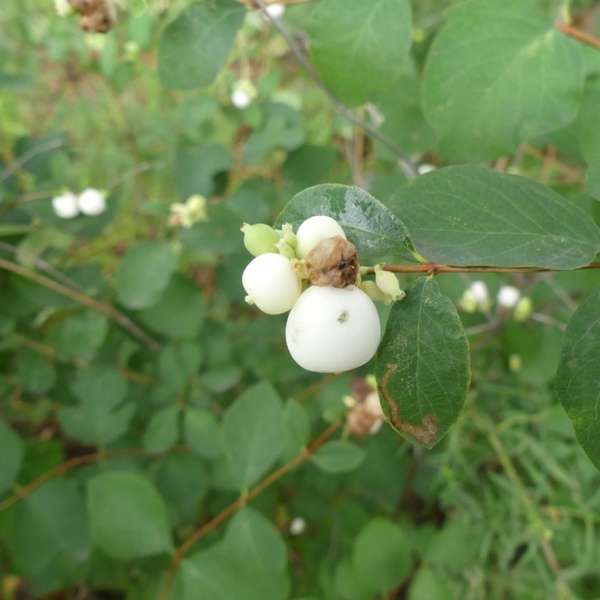
We’d like to maintain accurate and robust plant listings. If you see information that is not correct or that could be added to improve the listing, please let us know. Or if you’d like to suggest a plant to add to our plant guide, you can use this form do so. Thank you!
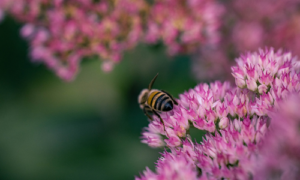
This workshop will guide you through the process and materials needed to help you decide if Mason Bees are right for you and your garden, whether you have a small deck or an open garden.
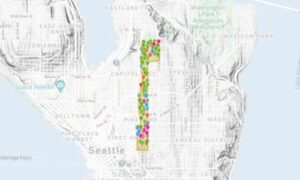
Get involved by sharing and mapping the birds, animals and nature around you to help the community understand the biodiversity in our neighborhood.
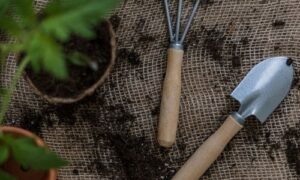
New types of vegetation can attract additional wildlife to an area. You might be surprised how a little green can go a long way!
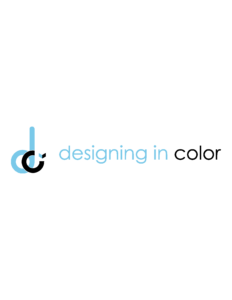
Learn about diversifying the way architecture is taught and practiced from designers of color.

Learn about the diversity in pigeon populations in the United States and the implications of this variability on the species.

Look closer…and meet the local insects that pollinate the plants around your Seattle neighborhoods. Learn about some of our amazing native pollinating insects.
Nature of Your Neighborhood is a collaboration between Birds Connect Seattle, the Capitol Hill EcoDistrict, and the Seattle Bird Conservation Partnership. Our goal is to foster relationships between the people and the nature of their neighborhoods.